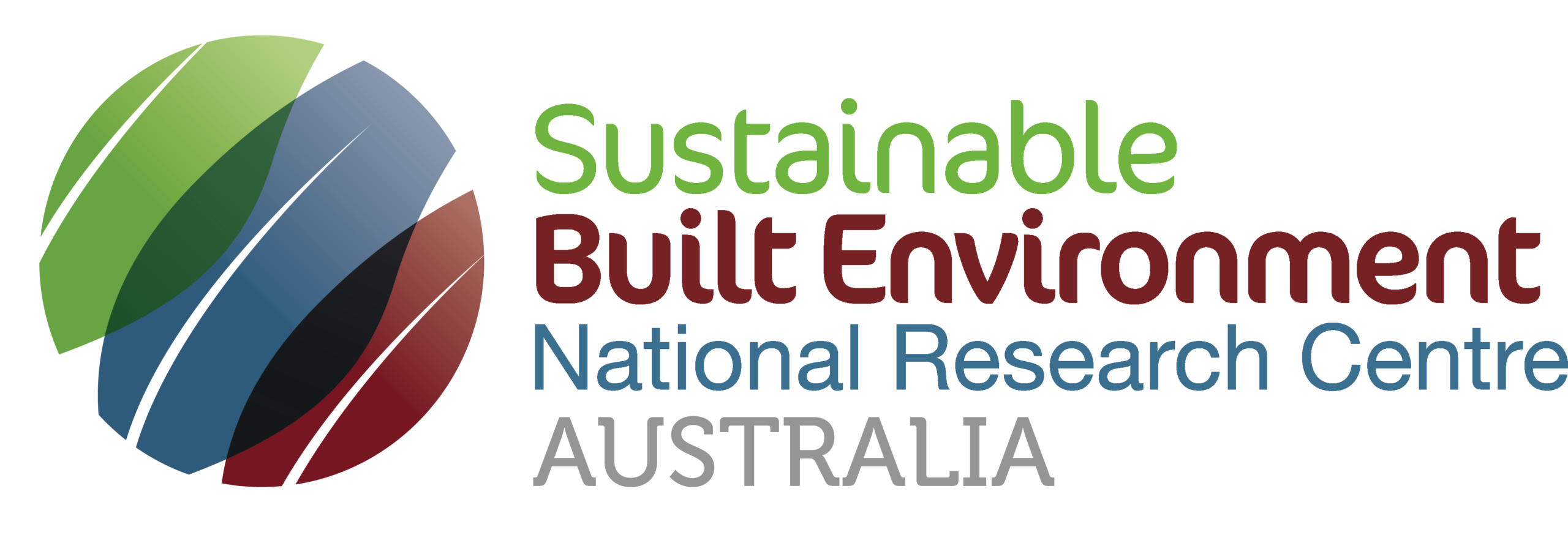
1.45 Big Data, Technologies and Transportation

Project Number
1.45Round
Round 4Date
1 October 2015 - 31 March 2017Research Team

Chair, Project Steering Group
Dr Ken Michael AC
FIEAust FTSE

Project Manager
Dr Charlie Hargroves
BE (Civil), PhD
Curtin University
charlie.hargroves@curtin.edu.au
Documents for Downloading
Presentations
Big Data, Technologies and Transportation, SBEnrc Boardroom Briefing, May 2017, Brisbane Australia
Options to Reduce Freeway Congestion – A Case Study of the Pottstown Expressway (US422) (September 2020)
Videos
Project Summary: Big Data, Technologies and Transportation, August 2017 (3:02)
Full Video: Big Data, Technologies and Transportation, August 2017 (7:26)
Virtual Town Hall: Transportation Alternatives for the Route 422 Corridor (September 2020)
Ciresi Holding Forum To Discuss Ways To Ease Traffic Congestion (April 2019)
Media
Pottstown hears about an alternative to rail – Prof Peter Newman, WFMZ news (April 2019)
Forum on car, rail alternatives at MCCC-Pottstown Thursday – 21st century media (April 2019)
Virtual Town Hall: Transportation alternatives for the Route 422 corridor – 21st century media (September 2019)
Summary
Extract From Citation: Hargroves, K., Newman, P., Callary, N., Shelly, D., Hoad, C., and Seppelt, T. (2020) Report Summary – Pottstown Expressway Congestion Relief Study
A key focus for the management of main roads is to consistently deliver users decent travel times, safe higher speed travel and reduced interruptions, while achieving minimal operating costs and reducing capital investment in infrastructure upgrades. Rapid developments in the area of Big Data now provide significant opportunities to reduce congestion and increase traffic throughput. This is important to national and state road and transport agencies as it can lead to the deferment of investment in infrastructure upgrades by allowing greater utilisation of existing assets, referred to as ‘sweating the asset’. Given the growth of Australian cities, the use of Big Data to support such non-build options to extending the operational life and economics of road infrastructure will become increasingly important; this project seeks to prepare Australia to capture the associated benefits.
A second key area that may benefit from Big Data and associated technologies is in enhanced disaster resilience and supported disaster response, which stands to reduce infrastructure maintenance and repair costs and reduce impacts to business and the community from disaster damage. It is anticipated that this element of the project will be developed in collaboration with state disaster management groups as well as local disaster management committees and agencies, building on from the successful stakeholder engagement workshops held in SBEnrc Project 1.35 Transport Network Resilience: Disaster Logistics and Infrastructure Vulnerability.
Objectives
This project will build on previous SBEnrc findings and focus on providing road and transport agencies with guidance as to the suitability of the use of Big Data and associated technologies to deliver tangible reductions to peak congestion and enhance transport network resilience. The project will focus on how to harness Big Data from a range of sources to provide predictive information to inform anticipatory analysis rather than reactive or retrospective information. Current technology trends and options will be assessed in the areas of sensing (drones, fixed sensors, cameras and smart phones) and information systems (to undertake data analytics and visualisation). The effectiveness of using innovative low cost data collection options will be investigated, such as ‘participatory sensing’ through the crowdsourcing of transport user data using smart phones to detect mobility patterns and improve user experiences.
Industry Outcomes
The outcomes of the project will ensure road and transport agencies in Australia are well informed as to the application of new Big Data technologies (collection, analytics and visualisation) to road and transportation networks that stand to deliver tangible benefits. This will involve the review of emergent technologies to reduce congestion in a manner that increases throughput of vehicles (such as active traffic management methods) along with contributing to disaster response. It is anticipated that these outcomes will inform trials to implement such solutions that can be used as verification of the use of Big Data in this context.











